Flagship Chinese cuisine restaurant within the Grand Hyatt hotel, Beijing
Having been established since 2003, Made in China, by all accounts, was the principal recommendation for having great Peking duck from numerous, trustworthy sources. The headline from my visit is to confirm that the quality of the duck here, is second to none. The service was somewhat erratic with multiple wrong deliveries to the table but were all rectified with charm. The signature menu as a whole was a little off in parts but with total gems in other ways. However, the Peking duck here truly was a marvel to have and I have yet to have any better anywhere in the world. Push the below button to find out why and the full rundown.
The signature menu here is priced at CNY 796 for two (about £45 per person) which, for 7 courses each is absolutely cracking value considering it includes half a Peking duck to share. Although not first on the advertised menu, first to arrive was braised Bejing cabbage with chestnut served in a deep chicken stock and pot sticker dumplings (similar to fried gyozas) with minced pork, prawn and mushroom which were enjoyable.
Next came the courses intended for the start of the meal starting with spinach leaves with sesame sauce and Chinese rice vinegar. The sesame sauce for this dish proved to be a little too acidic and harsh for the spinach leaves. Right alongside came poached chicken with crushed peanut, sesame and spicy sauce served cold. Whilst a surprise to be cold, it was a decent dish although it seemed a little like sesame-based sauce overkill bearing in mind the spinach leaf starter immediately before.
Braised blue cod was extremely good as if someone had turned up the cod volume three times over for normal cod found within the UK shores. The homemade chilli and crispy shallot sauce was also an absolute belter to go with this cod and was clearly well made – a cracking dish. In contrast, the stir-fried lamb with leek and black bean was a pleasant enough flavour but the lamb was quite tough and dry making it only so-so to eat.
However, then came the duck, which I would like to focus on briefly, as I seem to be emotionally connected to this dish. Restaurants in China are now banned to have a woodfired oven installed and only those restaurants that had them built into their kitchens prior to this ban (reportedly 2008) are allowed to keep them. This is the traditional Peking duck (not aromatic which is deep fried) and the dish that it is partly responsible for birthing my love of food from childhood following numerous celebrations at The Laughing Budha restaurant in Blackheath. The wood used for burning to cook the duck is important – HKK, when it was open, used cherry wood, whilst Made in China use date wood. The aroma from these sweet woods (there are others that are used) obviously boost the flavour of the duck and help to sweeten the skin.
Made in China were happy to give me their 7-step process for making Peking duck:
- Offal removed and replaced/stuffed with chopped mushrooms;
- Air blown into the duck to separate the skin from the meat;
- Hot water poured gently over duck skin to open the pores;
- Brown maltose sugar melted with hot water (syrup-like consistency) then brushed all over the duck skin;
- Air dried for at least 24 hours;
- Refrigerated for a further 12 hours (to ensure the crispiness of the skin);
- Roasted for 75 minutes using wood from a fruit tree (at the time of my visit, date wood).
The result was the pinnacle of duck skin that was carved as close to perfect as one can do – there was hardly any grease on the underside and where there was fat left on, it was micro-fibre thin. The skin was presented first to simply dip in sugar or this was the greatest duck skin I have ever experienced – it’s just a bit of a shame you have to fly 5,050 miles to get it.
The rest of the duck was sliced beautifully thin separately to give the choice to the diner how much duck to skin slices are placed in the pancakes with an intensely deep (and umami rather than sweet) duck sauce. Spring onion, cucumber slices and garlic puree was also provided (the garlic puree being surprisingly good to go with the pancake mix). The duck itself was very good quality (tender enough and with amplified flavour) however, the only aspect I thought was a fraction of a miss were the pancakes. It was great attention to detail that there was a layer of rice paper in between each pancake (to make sure they did not stick together) however, they were thicker than most duck pancakes had and too doughy as a result, which slightly interfered with my duck heaven. It was a very minor setback however and this is clearly a very fine, nip pick thought, but overall, this Beijing duck was the best I have been privileged to have in my life so far.
The signature menu came with an assortment of desserts which were actually all quite pleasant (desserts are not really the forte on the whole with Chinese cuisine). The array included coconut yam sago (similar in texture to fine rice pudding), Jasmin tea and chocolate ice creams, honey and rose muffin and sea buckthorn cheesecake with cranberry. A selection of fruit included jackfruit (akin to a mix of pineapple and plum) and some other fresh fruits which were actually below average in ripeness and quality.
All in all, this visit proved to me that if you want the best Peking duck on the planet, you simply have to go to the city where it was conceived – Peking and have it a la Beijing duck. A milestone visit for me and one I would certainly recommend having if you travel to the country’s capital.
Food Grade: 83%
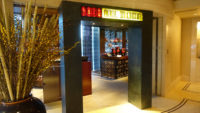
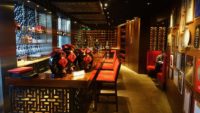
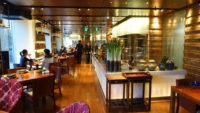
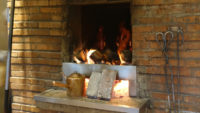
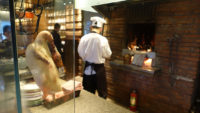
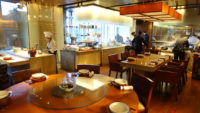
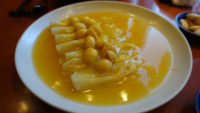
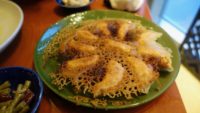
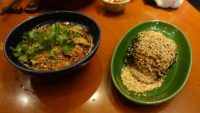
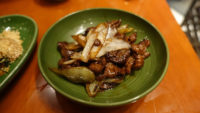
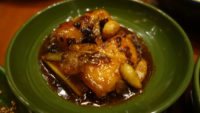


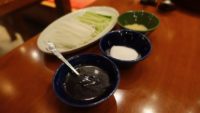
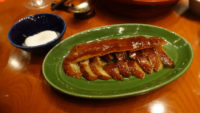
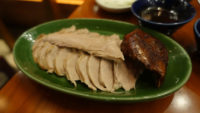

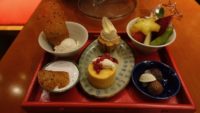
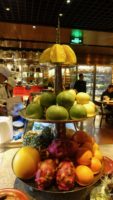
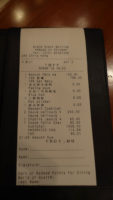
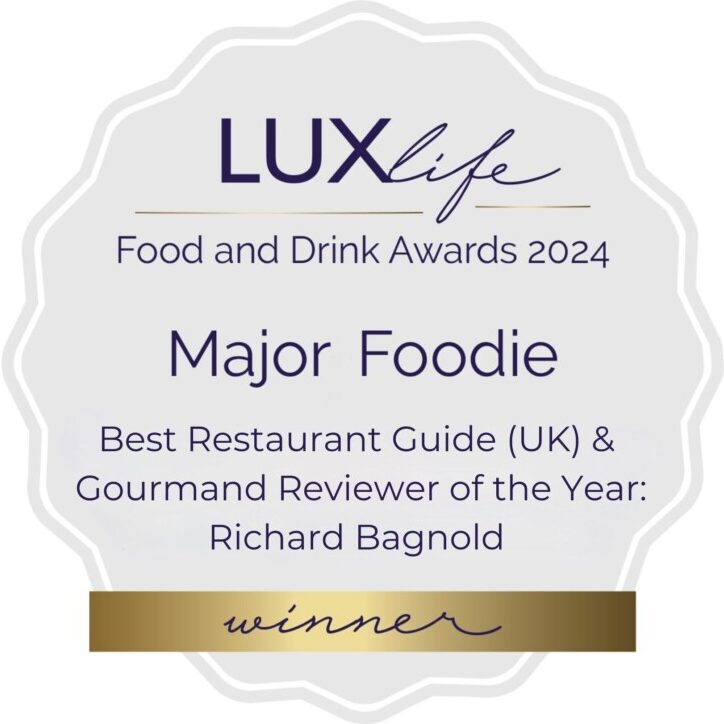 My hobby-turned-passion began to evolve during my assignments to London where I was fortunate enough to be able to explore all the Michelin starred restaurants in my spare time and as a result, I gradually built up a catalogue of all these venues.
My hobby-turned-passion began to evolve during my assignments to London where I was fortunate enough to be able to explore all the Michelin starred restaurants in my spare time and as a result, I gradually built up a catalogue of all these venues.
Leave a Review of this Restaurant